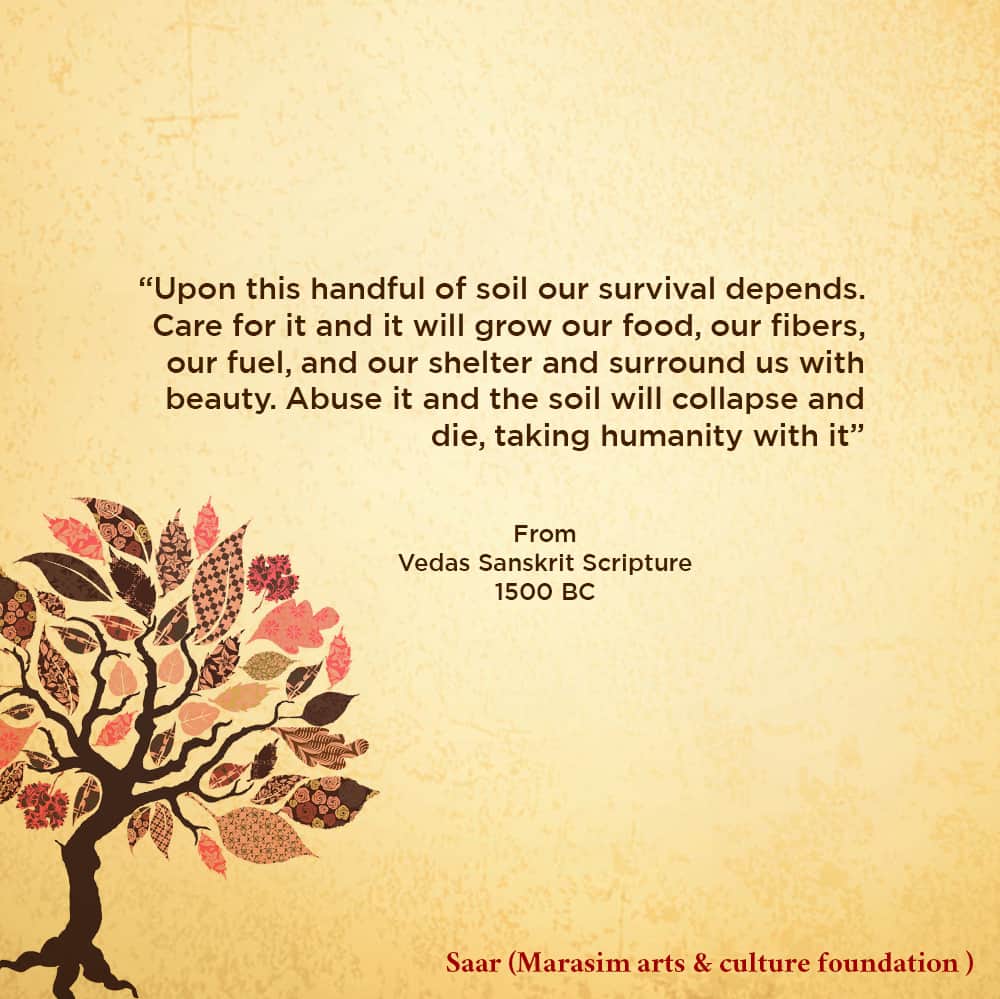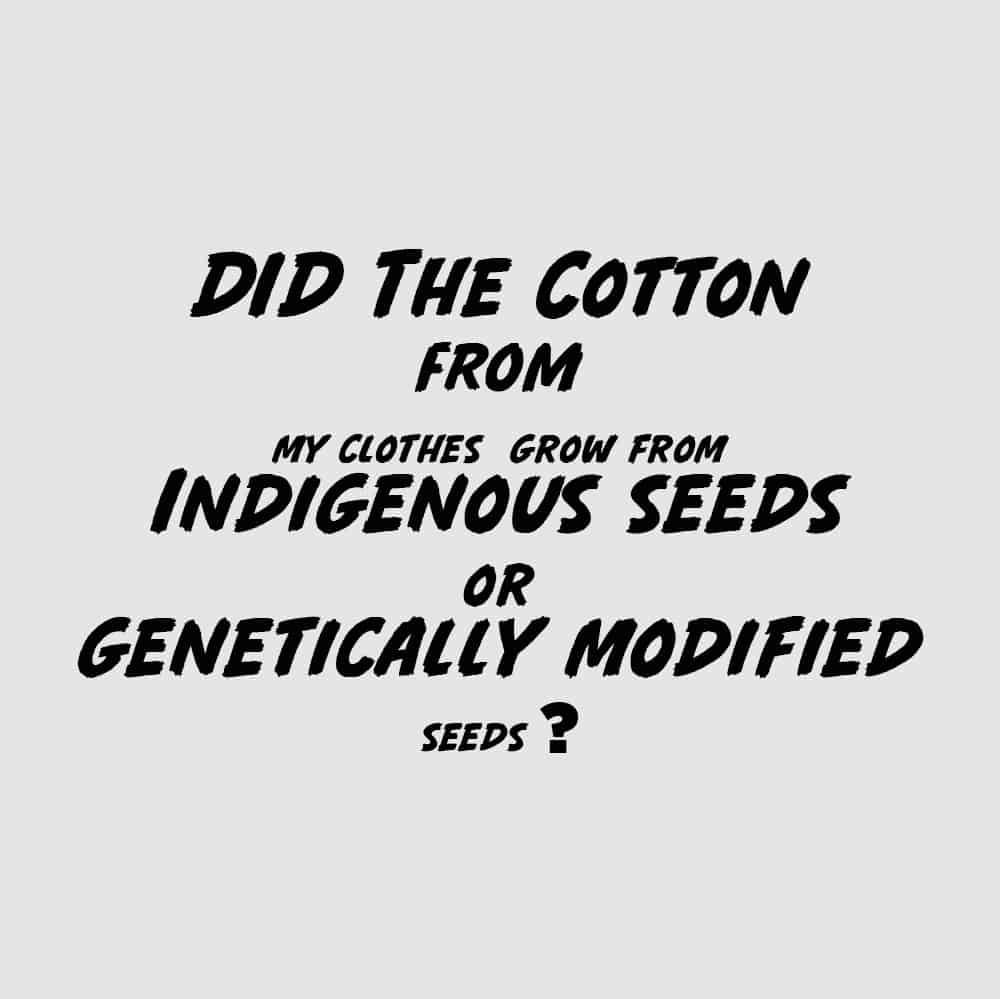Synthetic Fabrics: For much of history, the fabric was a luxury available to the elite. The east dominated the production of silk and cotton, which were transported at enormous cost and danger to human life over the Silk Routes to the West. Most people owned one set of clothes which they wore over linen underwear which could be washed. ABOUT SILK ROUTE, THE PRIMARY GOODS OR IDEAS TRADED, AND HISTORICAL IMPACT
(more…)
Sustainable Cotton: As I turn through the pages of the book ‘A Frayed History. The Journey of Cotton in India‘. I find nuggets of great information, which I plan to compile and share succinctly in a series of articles starting with this one. Cotton, the wonder fiber, was at the start of history, found in two parts of the world—India, and Peru, as has been inferred from the study of old inscriptions and arts. Sir George Watt, a Scottish Botanist who worked in India as a reporter on botany, has shared very early research that says cotton was considered sacred in India. In those times, the word used for cotton was ‘karpasi.’ The sacred threads of a Brahman were made of ‘karpasi’ to put on over his head in three strings. (more…)
Sustainable Cotton. In 2012, when I was doing my research on traditional wisdom of food in India. I learnt about the scholar and environmental activist Vandana Shiva. I appreciate the knowledge she shared on biodiversity conservation, organic farming, the rights of farmers, and the process of seed saving. It is a good sign that the food environmentalists have started to understand the harm the food ‘industry’ has done to the soil by replacing the traditional wisdom of nurturing and growing food on farms with the modern invention of lab made, chemically manipulated foods and agricultural practices.The fashion industry should also adopt the concept of returning to “Earth Citizenship” and becoming a part of the Earth’s life cycles. The issue is that the fashion industry, with its long supply chains and numerous processes between idea generation and product development, lacks the time to develop an understanding of something as ancient and essential as cotton farming methods. The fashion industry generally places price above practices when it comes to most steps in the product development process.
COTTON- A CASH CROP
(more…)



